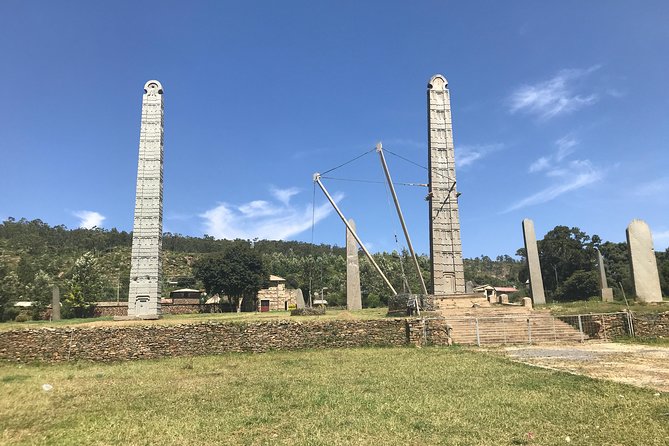The Rich History of Ethiopia: From Axum to Modern Times

Ethiopia, often referred to as the "Cradle of Mankind," boasts a rich and complex history that spans thousands of years. From ancient empires to modern nation-building, Ethiopia's journey through time is a fascinating tale of resilience, culture, and independence.
The story begins with the Axumite Empire, one of the great civilizations of the ancient world. Flourishing from around 100 AD to 940 AD, Axum was a major player in the commerce between the Roman Empire and Ancient India. The empire was known for its impressive obelisks, still standing today, and is believed to have been the home of the Queen of Sheba.
Following Axum's decline, the Zagwe dynasty took center stage, most famously remembered for King Lalibela and the rock-hewn churches that bear his name. The subsequent Solomonic dynasty claimed descent from King Solomon and the Queen of Sheba, ruling with few interruptions from 1270 until 1974.
Ethiopia holds the distinction of being the only African country to successfully resist European colonization, defeating the Italians at the Battle of Adwa in 1896. This victory became a source of pride and inspiration for African independence movements in the 20th century.
The 20th century brought significant changes to Ethiopia. Emperor Haile Selassie, who ruled from 1930 to 1974 (with a brief interruption due to Italian occupation), modernized the country but faced growing opposition. A military coup in 1974 led to a period of communist rule known as the Derg, which ended in 1991.
Today, Ethiopia is a federal republic, facing the challenges of modernization while preserving its rich cultural heritage. From the ancient stelae of Axum to the bustling streets of modern Addis Ababa, Ethiopia's history is ever-present, inviting visitors to explore its many layers.